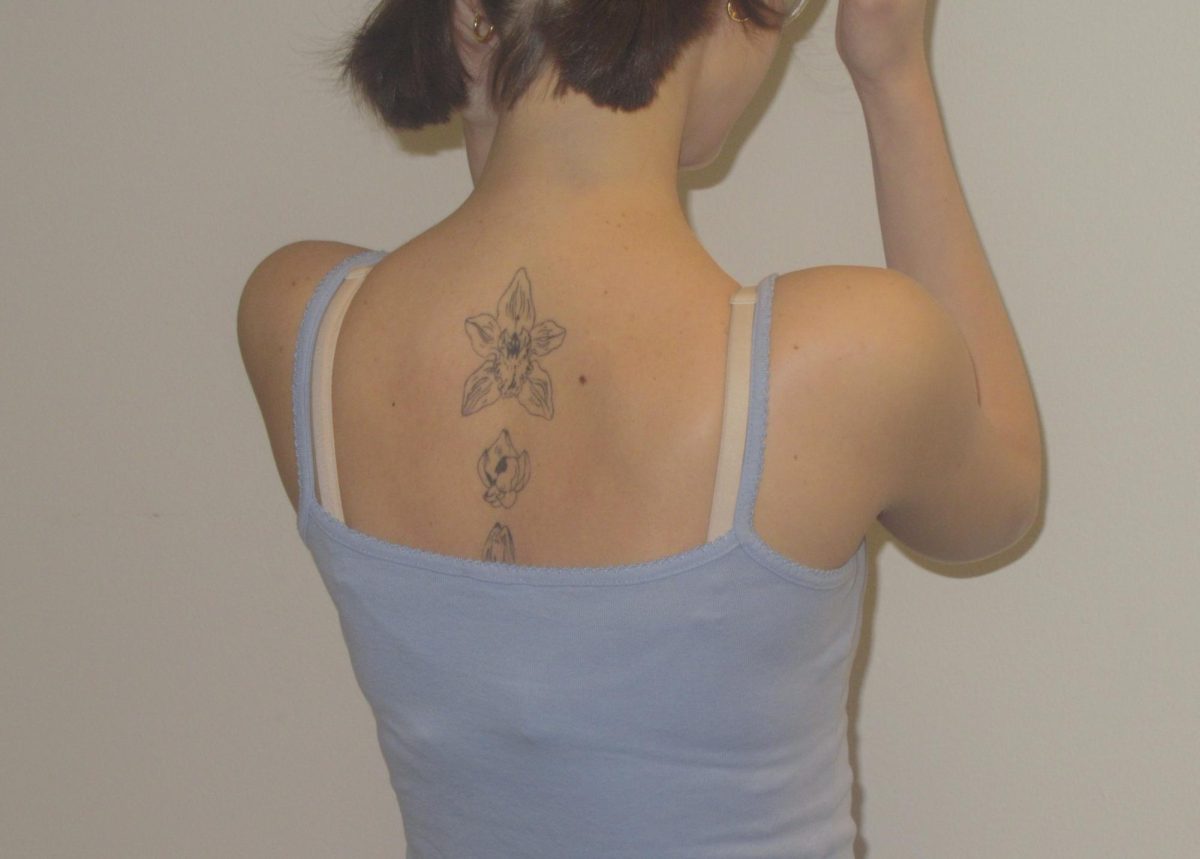Canada isn’t as sweet as many believe, even with all that maple syrup. In 2014, a 15-year-old indigenous girl named Tina Fontaine was found floating in Winnipeg’s Red River, according to Global News.
At the time, she was under the supervision of Child and Family Services. Raymond Cormier, a 56 year old man, was charged with second-degree murder for the death of Tina Fontaine, but was found innocent.
Her murder shocked the country and started the National Inquiry into Missing and Murdered Indigenous Women and Girls (MMIWG). The little known fact that Canadian First Nation women are actively facing violence, human rights abuses and grave injustice is an issue that was recently brought to my attention.
After conducting research, I found out that these innocent women and girls are being murdered and raped without the perpetrators being found guilty.
There’s a long history of abuse in North America against the First Nation people that still continues today.
Even up until a few decades ago, the Canadian government was still attempting to erase the indigenous cultures.
A feature was released on Foreign Policy that brought attention to the current issues First Nation women are going through, and how these people were mistreated in the past by the government and society.
The article talks about how Natives were denied voting rights if they did not renounce their indigenous status. The article also details how indigenous children were forced to assimilate into the majority culture, to the point of being beaten if they spoke their native language.
2011 data shows that even though the First Nation female population makes up 4.3 percent of Canada’s female population, they represent five times their population percentage for female homicide victims.
Police reports show 4.5 out of 100,000 Canadian First Nation women die by homicide. Between 1980 and 2012 a little over 1,200 women were brutally murdered or reported missing. Even though the government claims that 90 percent of these cases have been solved, activists argue that the real number is only around 50 percent.
A five-member committee was appointed by the Canadian government to investigate these issues. Over 1,300 families have testified about the injustices against First Nation
people that have been occuring.
On the MMIWG website it states: “The Commissioners’ mandate is to gather evidence, and to examine and report on the systemic causes of all forms of violence against Indigenous women and girls and 2SLGBTQQIA [equivalent to LGTBQ+] individuals in Canada by looking at patterns and underlying factors.”
Canada needs to be more proactive in their investigations. The lives of the indigenous women are worth more than what they are being valued at.
Some of these women are also seeking justice because they were manipulated into being sterilized. Today 60 indigenous women are filing a class action lawsuit alleging forced sterilization by doctors dating back 30 years, with some of the sterilizations occurring as late as 2017.
The Canadian Prime Minister Justin Trudeau has spoken out about the issues, but little to nothing is being done to rectify the injustices these women are facing right now.
Stephen Harper, Trudeau’s predecessor, said the abuse of indigenous women and girls was not a priority for him.
As people who can change what goes on in the world and bring awareness, we ought to fight for the human rights of people who have been brought down by others.
We have an obligation to care about these indigenous women who are being targeted by groups of people who hate them for their identity.
We can’t continue to live in a world where no one advocates for the people who have already been taken advantage of enough.
We cannot let people be made powerless.
What you can do for these women is spread the message about what is happening to them, and add your voice to the call for action.















































































